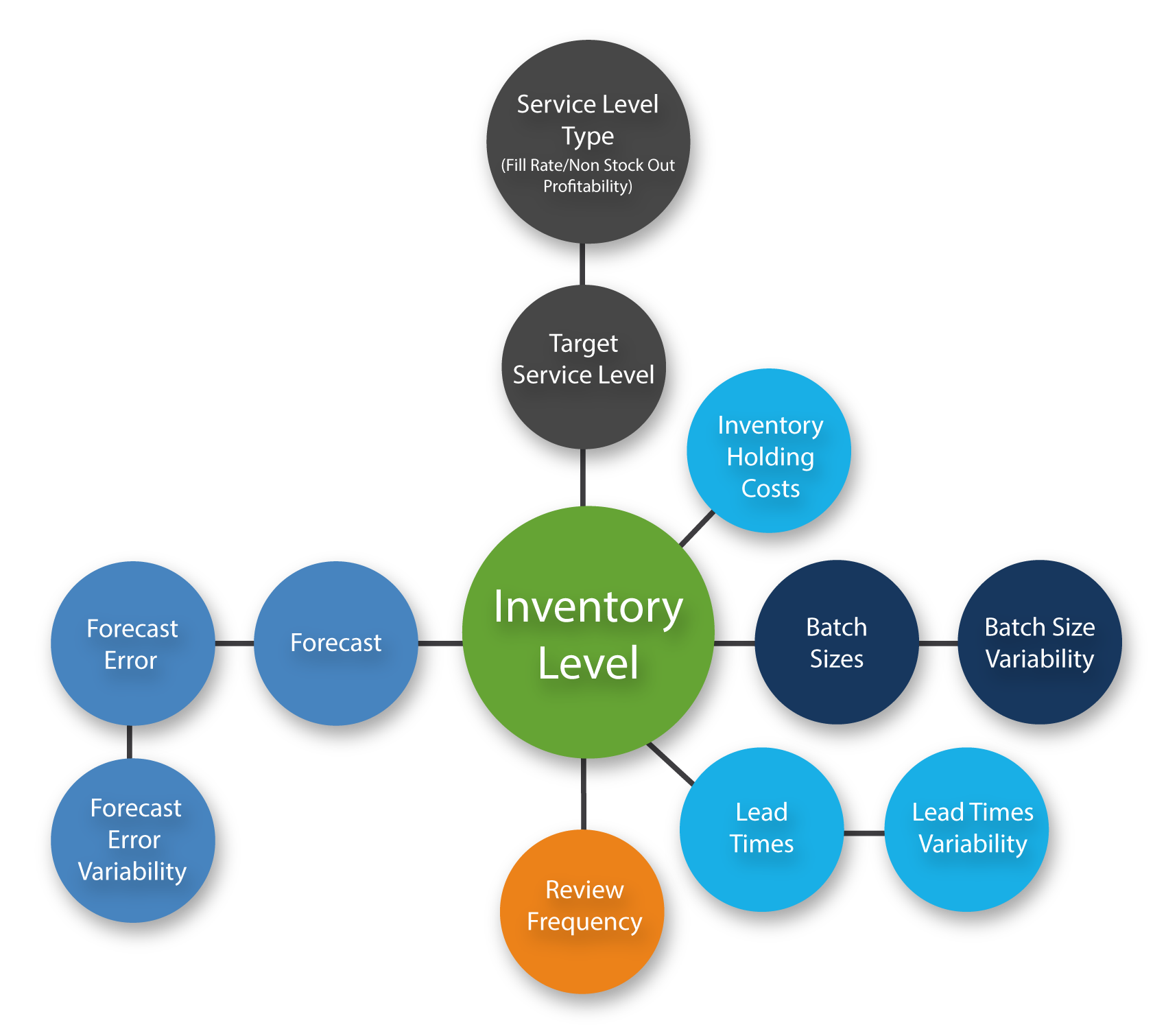Stock can be an untrained, money-rich resource. Many businesses have some type of supply chain methods to handle supply through delivery from generation. But these programs concentrate on purchases. They manage what happens, giving exposure to you. However they are usually lacking statistics reasoning and the additional marketing that pushes the supply chain throw-off more money and to use better.

That missing item may be expensive. Home Depot professionals, talking at an expert conference, once stated that every 1/10th development within their inventory turns designed one more $200 million in cash.
Stock is everything you create, everything you offer. If you do not have what clients need and reduce it a lot of, when and wherever they want it, you might lose that purchase. Clients therefore are less attentive than ever before and have more options. The guideline is the fact that they’ll change to a different item 50% of times if yours isn’t instock. That is a gross profit reduction cash that doesn’t visit the bottomline, on any specific purchase.
That is where supply optimization comes in. It amounts stock and customer support levels (order fill rates), the proportion of time you provide products to clients as purchased and assured – to determine the perfect mixture of where you can put your money. Stock is much like any expense – it takes the best mixture of return and risk. The dangers losing income due to stock-outs or are locking up money in a lot of stock.
Inventory optimization to meet up business goals on a continuing basis and figures inventory and support levels instantly, and direct your supply chain. It enables you to identify service-level stability and the aggregate stock that works right for the organization – actually change it across geographies and items, clients, time periods.
Reasoning and statistics advanced to design and realize your expected demand. Behindthescenes, countless SKUs are made statistically against factors like leadtimes, quantities and lot sizes to recognize replenishment rate and the best inventory level for every item in each area.
Additionally, it are designed for problems like campaigns, solution stage-in and termination, pension and shelf life, end of time closeouts and new product releases – essential within an era of product expansion and shorter lifecycles.





